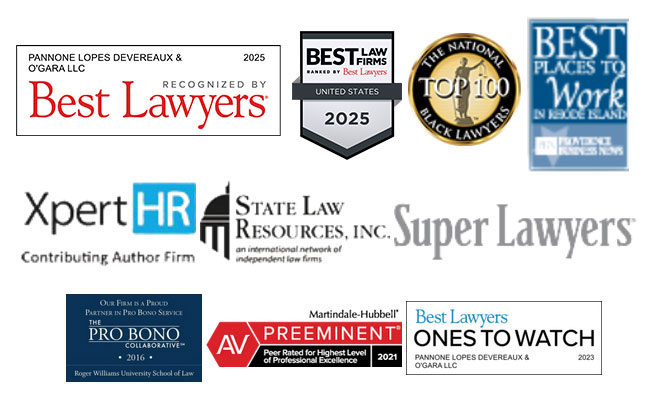Gifting interests in a closely held business can result in a significant planning opportunity for the right donor as well as a substantial benefit to a favorite charity. Consider the following three planning strategies for charitable gifts utilizing private and closely held business interests:
1. Give and Sell Strategy. The goal is to gift the business interests before entering into a binding agreement to sell to secure “double” tax benefits of (a) obtaining a charitable income tax deduction to help offset gain realized by the donor, while (b) avoiding, or at least significantly reducing, tax on the proceeds to the charity. This strategy is beneficial if the individual donor holds business interests with low basis that would result in a significant long-term capital gain if the business was sold. If the interest is gifted prior to sale, the donor would obtain a charitable income tax deduction equal to the fair market value of the gifted interest, which first offsets higher taxed income, and the donor avoids tax on the interests gifted. In many cases, the charity will not pay unrelated business income taxes (known as UBIT) upon the subsequent sale of the business interest. For taxpayers who are potentially subject to the “net investment income tax” on passive income (under Internal Revenue Code Section 1411), the tax of 3.8% is not imposed on gain realized by the charity.
2. Give and Hold Strategy. This involves gifting an income producing asset to be held by the charity without contemplation of a pending sale. The donor’s charitable deductions would be the same as in the Give and Sell Strategy. The charity will now be a partner or shareholder in business, effectively receiving interest in income that the donor would have previously received and paid tax on. The income the charity receives may be subject to UBIT depending on the underlying nature of the business entity now held by the charity (i.e., C Corp, S Corp or partnership) and they type of income generated. Dividends, interest, annuities, royalties, rental income from real property and capital gains on sales of appreciated assets are exempt from UBIT (except for S Corps).
3. Gift by Business Entity of Underlying Asset. This strategy involves the closely held business entity making a gift of its underlying asset(s). This strategy is mostly used by pass through entities. Charitable gifts of non-liquid assets made by a partnership is reported as a separate item proportionately to each partner, and partners only reduce their basis in their partnership interests by the proportionate amount of the adjusted basis in the asset gifted.
The gift of a closely held business interest poses special challenges for both a transferring donor and recipient charity. Great care must be exercised to avoid inadvertent consequences and attain the desired charitable benefits. PLDO attorneys are well versed in tax law, wealth management and asset protection, and other business planning strategies. For assistance, please contact Attorney Jason S. Palmisano at 561-362-2034 or email [email protected].
Disclaimer: This blog post is for informational purposes only. This blog is not legal advice and you should not use or rely on it as such. By reading this blog or our website, no attorney-client relationship is created. We do not provide legal advice to anyone except clients of the firm who have formally engaged us in writing to do so. This blog post may be considered attorney advertising in certain jurisdictions. The jurisdictions in which we practice license lawyers in the general practice of law, but do not license or certify any lawyer as an expert or specialist in any field of practice.



Recent Comments